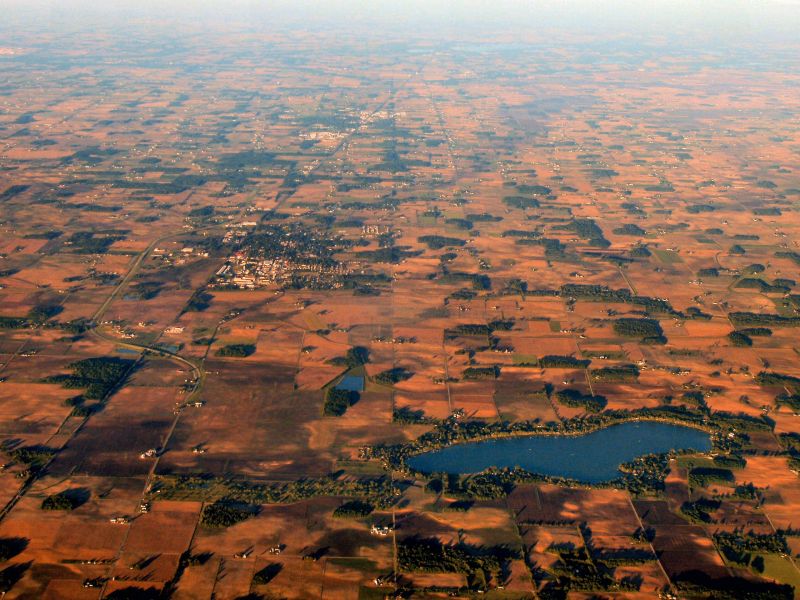Which US State is the Most Water-dependent?
Published on by Water Network Research, Official research team of The Water Network in Academic
A recent study by the state of Michigan found that Indiana is the most water-dependent state in the country, as it relates to its impact on the economy.

Bremen Lake Indiana, representative image, source: Wikimedia Commons
With Lake Michigan along the state's northern border and the Ohio river to the south, widespread droughts and rain shortages are few and far between in the Hoosier state.
But as population climbs and more water is used for industrial purposes, state lawmakers and business leaders say it's time to focus on ensuring water remains for human and industrial use far into the future.
However, environmentalists urge developers and utilities to balance future human water needs with a focus on keeping water clean and protecting natural landscapes from over-development.
Central Indiana could see an increase in demand of 50 million gallons of water per day by 2050 based solely on population growth, according to a 2014 study commissioned by the Indiana Chamber of Commerce.
Although utilities have identified the need and taken initial steps, the report said "supplies are limited and, without new sources, economic growth is at risk."
However, future needs for water vary across the state.
A 2015 study by the Indiana Utility Regulatory Commission found northern Indiana’s groundwater resources are considered good to excellent with access to several surface water sources, most notably Lake Michigan.
Central Indiana’s groundwater resources are rated fair to good and its access to surface water includes many rivers, streams and reservoirs.
Southern Indiana has the most limited supply of groundwater, but access to several rivers for surface supply. However, streams do not have a hydraulic connection to groundwater, meaning groundwater is seldom replenished by surface streams.
Some reservoirs do exist in southern Indiana, but drinking water supplies are not fully allocated, the study found.
Indiana is facing a “tough situation,” because as people become more water conscious, the Indiana Department of Environmental Management shows 60 percent of the state’s rivers are considered impaired.
One of the HEC’s solutions is to focus on increased funding of IDEM to ensure current waters are properly protected, which has the effect of increasing potable water.
There has been a 20-percent reduction in drinking water staff between 2005 and 2017.
Read full article: News and Tribune
Media
Taxonomy
- Water Access
- Groundwater
- Access
- Water Supply
- Consumption
- Groundwater Recharge
- Groundwater Assessment
- Groundwater Mapping
- Groundwater Quality & Quantity